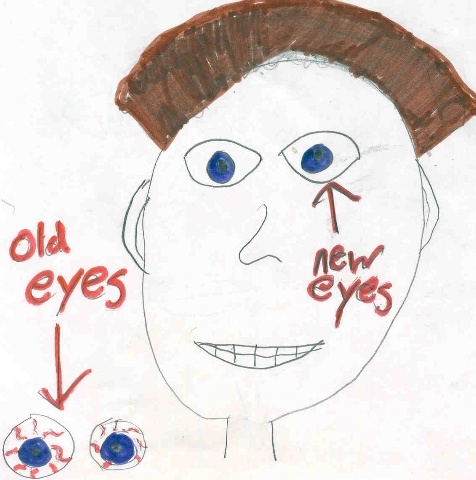Daily, there is talk about how our healthcare system continues to be consolidating throughout America. Yet to me, it looks and feels like more of the same but bigger.
In reality, the healthcare sector is more than ready for some creativity and innovation in order to adapt to the enormous changes taking place in the industry, not merely “bigger.” Could Blue Ocean Strategy® (BOS) be the way to transform the consolidation of healthcare systems so that they actually work? (More on Blue Ocean Strategy here.)
There are a number of healthcare BOS stories that reveal how organizations were focused on the wrong user, then changed.
Some of the most well-known are NovoNordisk and Life Spring, where going after nonusers opened up completely new market space.
NovoNordisk shifted its focus from the physician influencer to the end user: the person with diabetes. This caused it to move from being a technical, functional sugar monitoring company to a diabetic care company, and the rest is history.
Life Spring, a mental health company, paid attention to the concerns and challenges of patients with mental health difficulties, then developed a new, Blue Ocean Strategy to help them. Result? Business growth and benefits to patients.
A hospital discovers its Blue Ocean Strategy
To illustrate, one of our Simon Associates clients was a medical center in the Midwest. (You can read all about it in my book, On the Brink: A Fresh Lens to Take Your Business to New Heights.) Realizing they needed a large influx of new patients to stay afloat, the hospital leadership went visually exploring…only to discover that the unmet needs of men was a huge Blue Ocean awaiting them.
They looked around and saw that other medical centers, such as the Cleveland Clinic, have entire centers devoted to men’s health and annual events that attract 5000 men for physicals and health assessments. Our client, however, was completely ignoring those men and their needs.
What did our client hospital want to grow? Their traditional focus on women. Indeed, one physician actually told me that his entire practice was designed for women. It was open during the day, when men were working. Sadly, it made perfect sense: 90% of women are responsible for the healthcare needs of their families and 80% of doctors’ patients are women.
Another doctor dubbed men who came to see him “imposters.” They would tell him how good they were feeling while their spouses would say they were “fibbing.” Upon examination, blood pressure and other vital signs would all be elevated, medications compliance was poor and denial was very high. “They are guys. Need I say more,” said this lovely doctor.
Go where the guys are!
So we did some research and found that only 60% of men have primary care doctors. They also tend to die 10 years earlier than women. (I have written about these very statistics in Healthcare Strategy Alert, stating how men’s health is a big Blue Ocean of opportunity for healthcare organizations.) Yet, there are so few medical systems rethinking their focus or their strategies and targeting men. Why? They’ve got to fogure out how to create demand among men and capture it, nad that’s no small feat. But, with our help, our client did it. And the men came.
Creating demand is key to your Blue Ocean Strategy
To achieve a Blue Ocean Strategy that actually attracts male patients, you need to change how you create demand among men for your healthcare services and how you reach them.
- Take healthcare to them. Dr. Charles Modlin, founder of the Cleveland Clinic’s Minority Men’s Health Center, found that conducting health status inquiries and screenings where men hang out (e.g., barber shops) is very different (and much more successful) from trying to get them to come to a doctor’s office.
- Make it cool for men to come and see you. This is about engaging with churches and community groups—connecting with men where they are and with the people in their circles. You need to make going to the doctor, or at least to urgent care centers, something that men aren’t running away from but rather, will actually do.
- Create easy access to care at clinics. In addition to having office hours that fit men’s schedules, this includes providing culturally-sensitive doctors, nurses and staff who are well-trained on how to communicate with minority men. In the urgent care research conducted for another healthcare client, we found that men prefer urgent care centers to doctors’ offices. They want to get in and out fast and easy, without missing work. They don’t want the ED (high deductibles), they want a better solution. And which doctor they see doesn’t matter—they feel they’re all the same. (You can read more about that research here.)
Is a Blue Ocean awaiting your healthcare system?
Yes, a Blue Ocean Strategy is waiting for you that can transform your entire business. How to find it? Go visually exploring and see what awaits you. Try a little anthropology and observe from a distance what your staff is doing every day and how they are doing it. Where are those unmet needs of patients regarding the care they’re getting, or not getting? It’s all there, waiting to be discovered.
Or, please contact us and we can get you on your way! We love talking and doing Blue Ocean Strategy!
Andi Simon, Ph.D., President
Simon Associates Management Consultants




